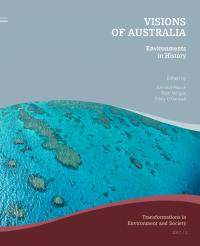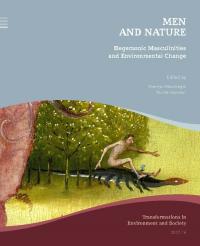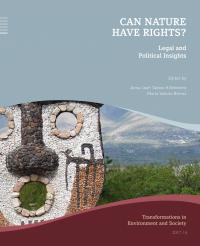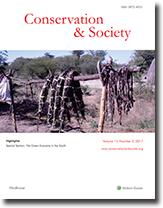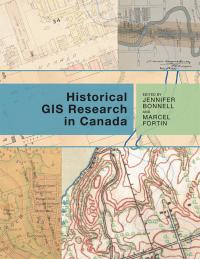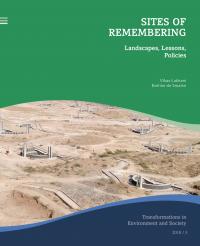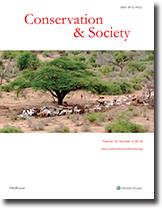Pelicans: Protection, Pests, and Private Property
Emily O’Gorman focuses on the Australian pelicans of South Australia’s Coorong region to examine how historical and contemporary ways of protecting these birds have been entangled with class politics, cross-cultural relationships, and the law.



